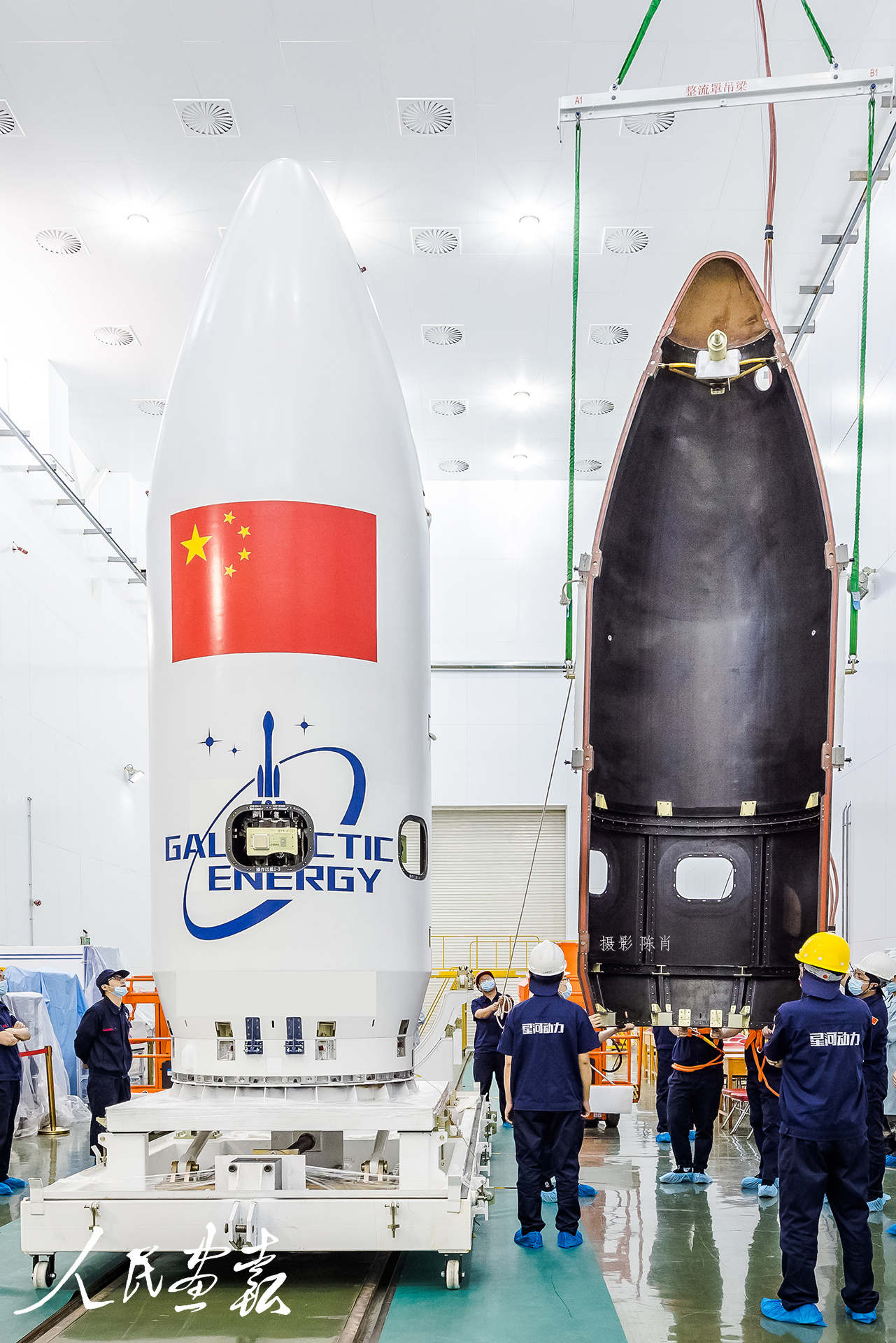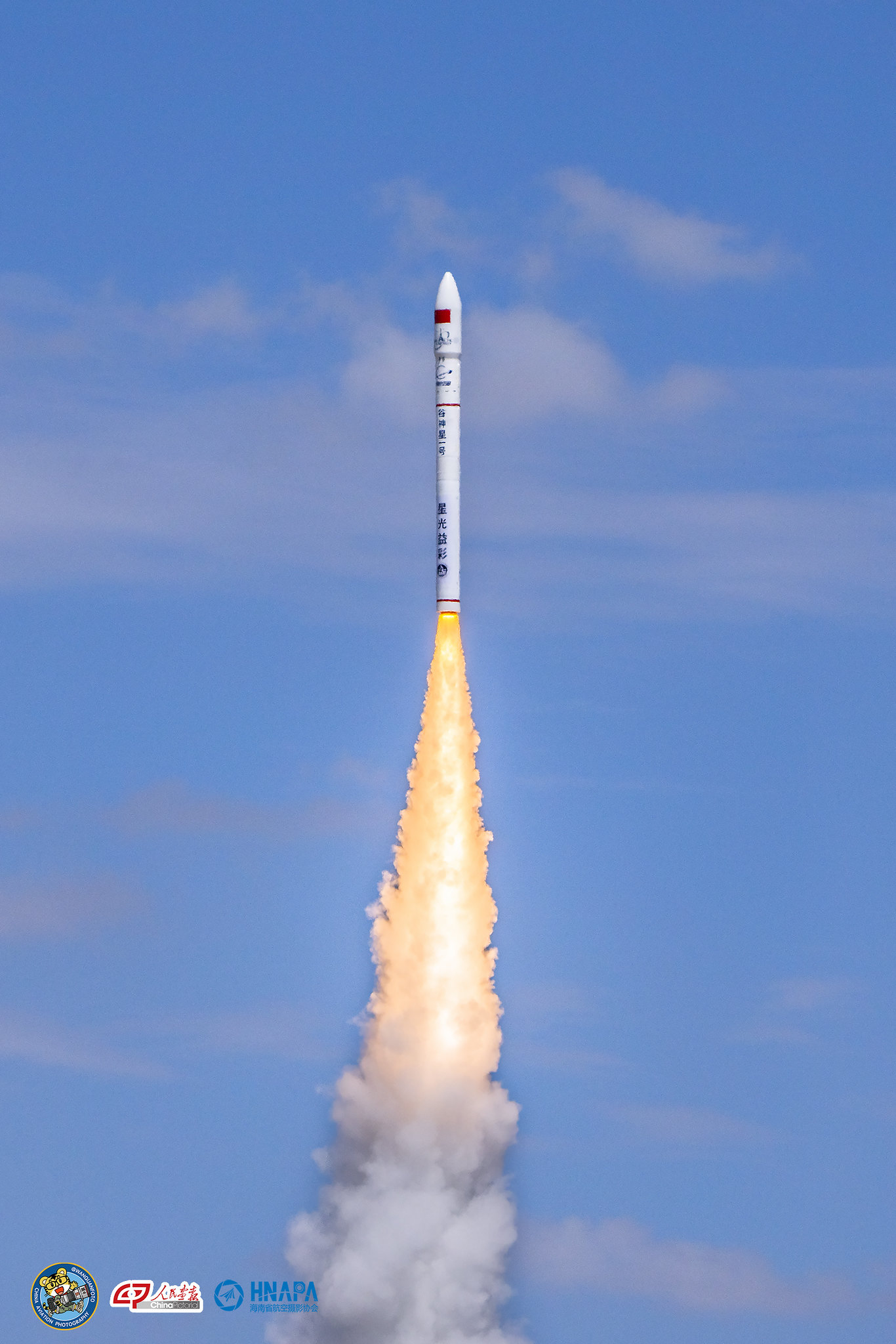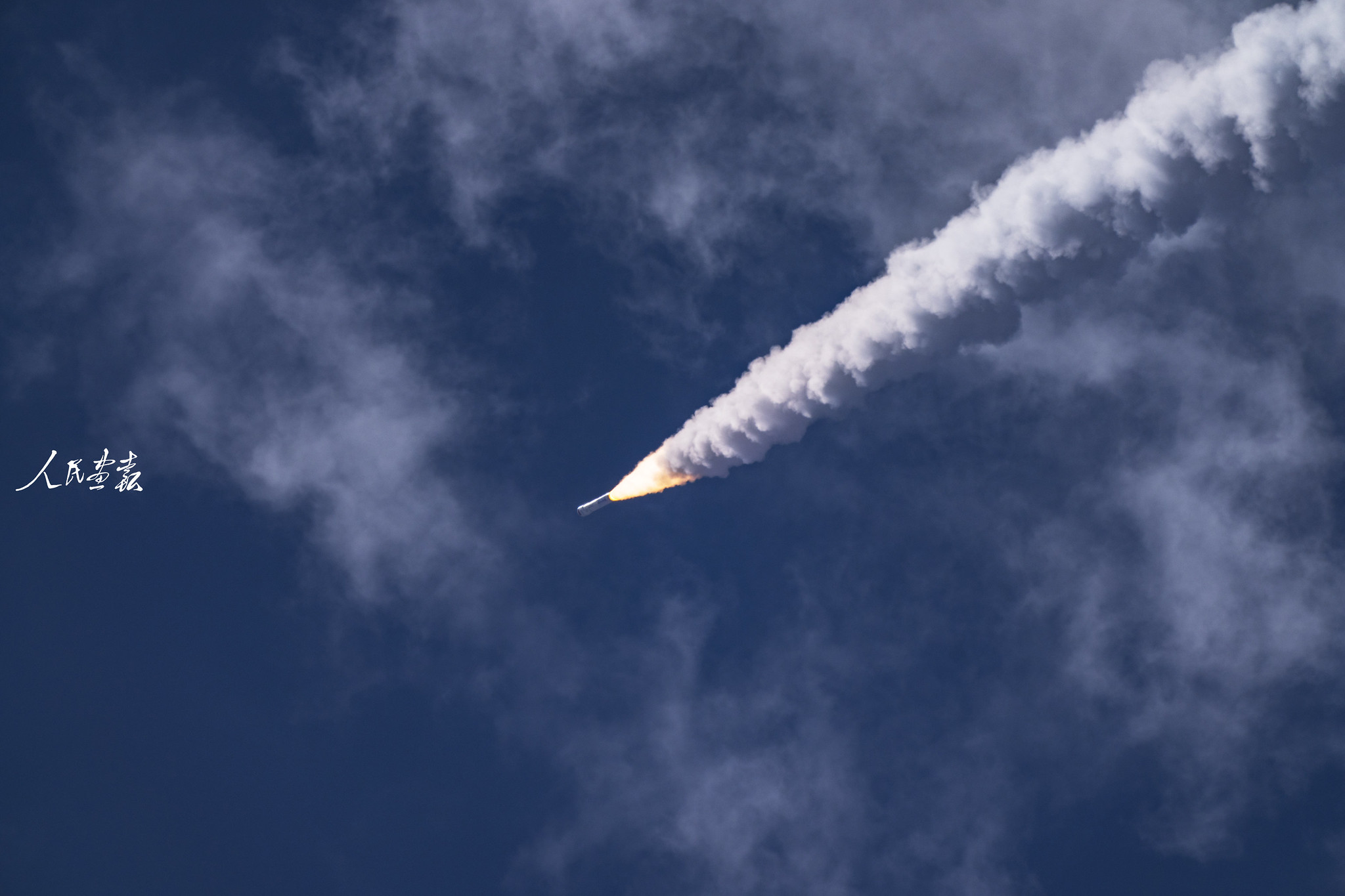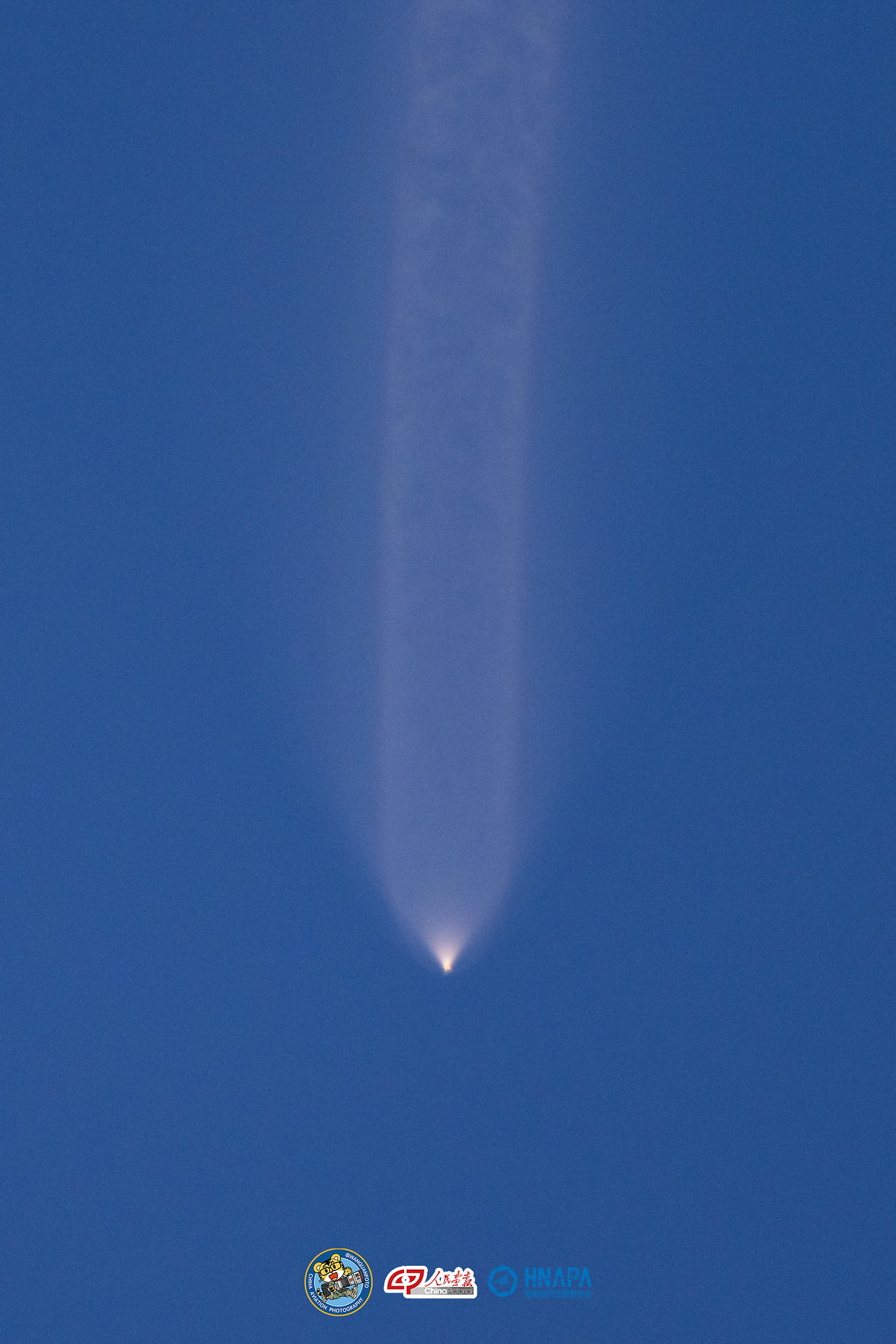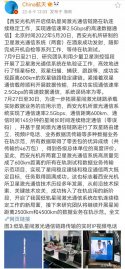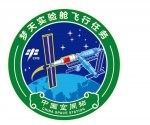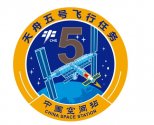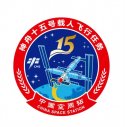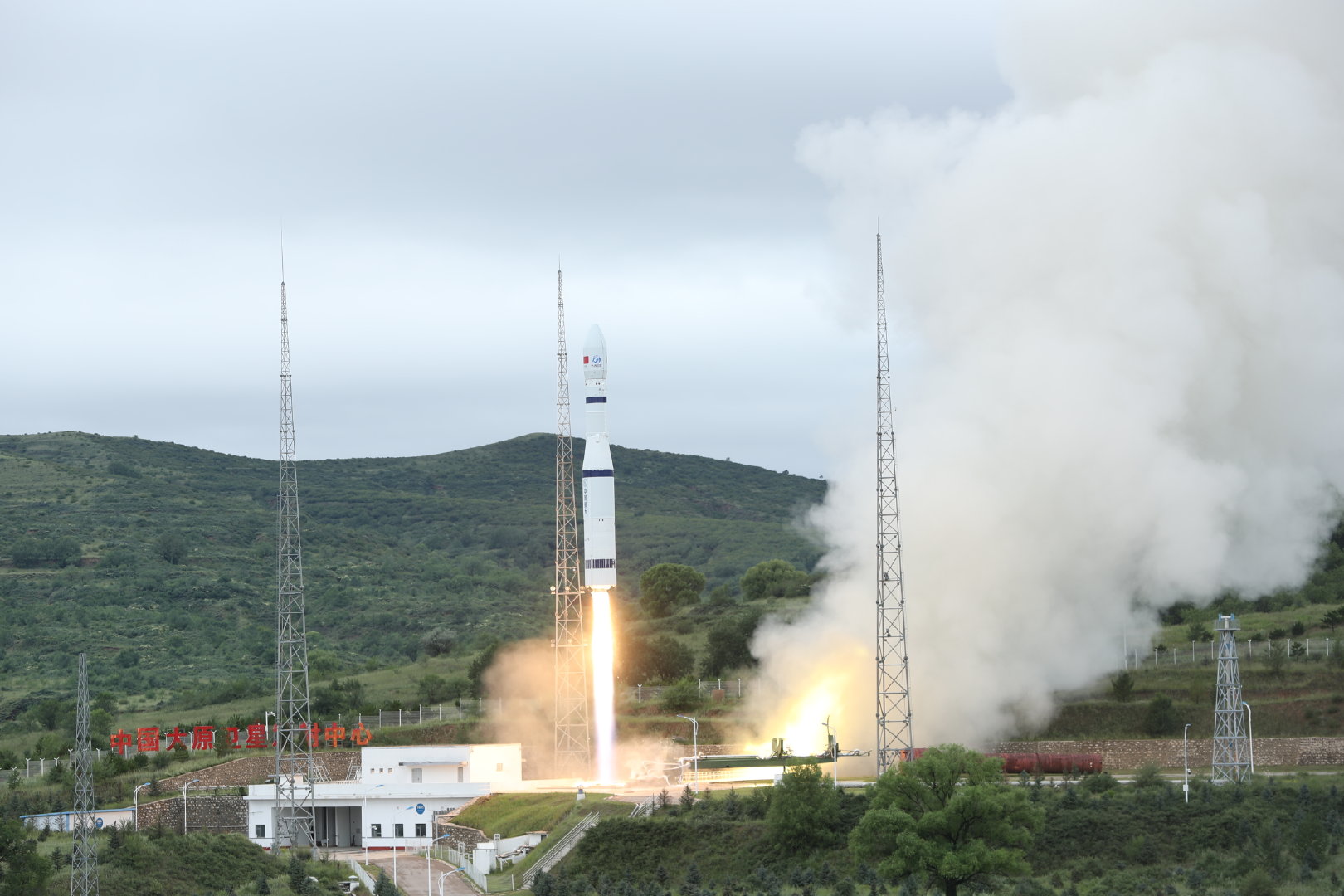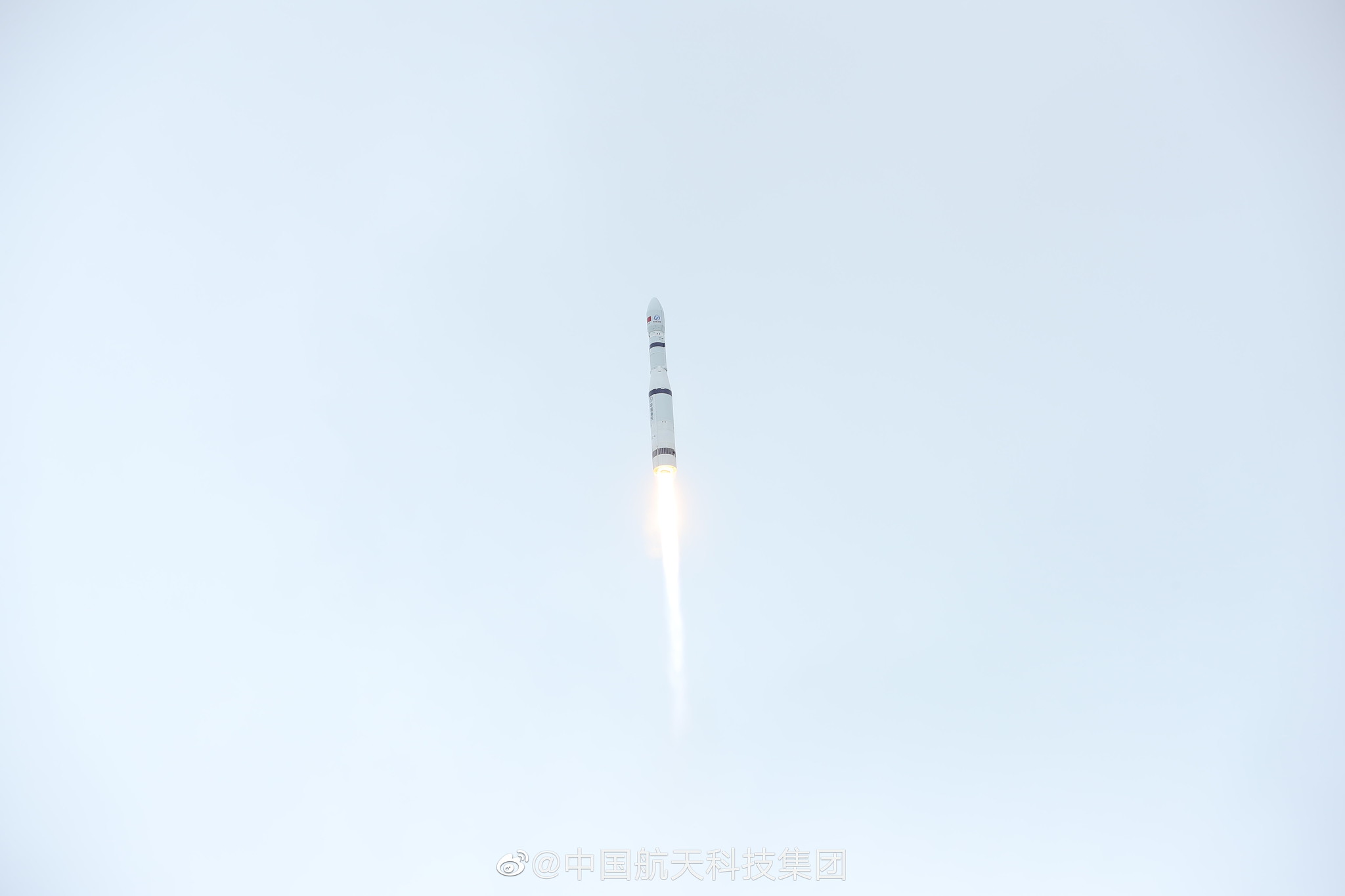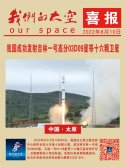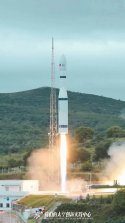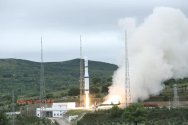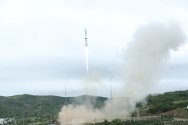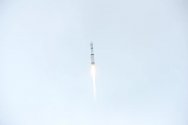Private Galactic Energy Space Co sends 3 satellites to solar synchronous orbit with one rocket
Chinese private firm marks 3rd consecutive successful rocket launch
By Global Times Published: Aug 09, 2022 01:18 PM
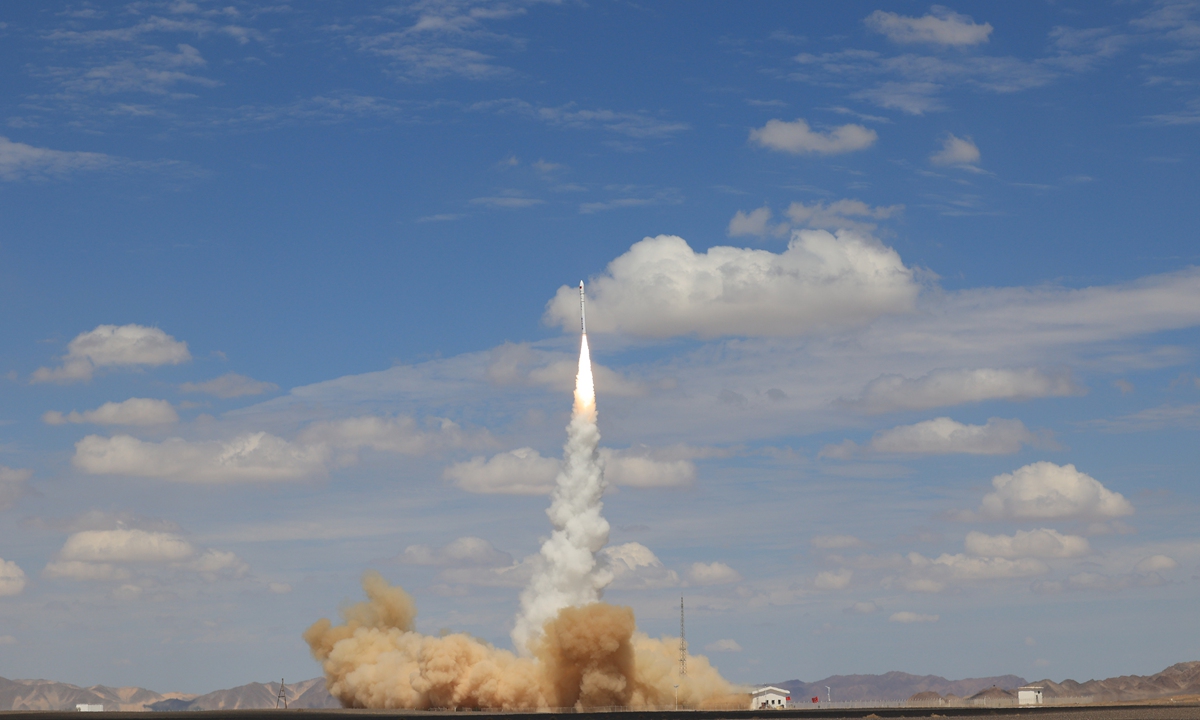
Chinese private aerospace venture Galactic Energy Space Co successfully launched Ceres-1 (Y3) carrier rocket from Jiuquan Satellite Launch Center in Northwest China's Gansu Province on August 9,2022. Photo: Hu Jun & Li Yuxiang
Chinese private aerospace venture Galactic Energy Space Co successfully launched a Ceres-1 (Y3) carrier rocket from the Jiuquan Satellite Launch Center in Northwest China's Gansu Province on Tuesday, successfully placing three commercial satellites into a solar synchronous orbit 500 kilometers above the Earth.
With a mission code of White is the new black, Ceres-1 (Y3) delivered two Jingtai 1 satellites and an East Sea 1 satellite into solar synchronous orbit, according to a statement sent to the Global Times by the rocket company.
The launch on Tuesday marked the third consecutive successful launch of the Ceres-1 rockets. Galactic Energy Space has a 100-percent success launch rate, setting a new record for China's private-sector rocket development, the company said.
It shows that Ceres-1 has become increasingly mature, taking the lead in a new stage of large-scale commercial launches, the company noted.
Small and medium-sized launch vehicles in China's private-sector rocket industry are rapidly maturing, and the most basic sign of this maturity is the ability to realize a high success rate for launches, Wang Yanan, chief editor of Beijing-based Aerospace Knowledge magazine, told the Global Times on Tuesday.
Galactic Energy is off to a good start with three consecutive successful launches, Wang noted.
CERES-1 is a four-stage small launch vehicle independently developed by Galactic Energy, which is committed to providing high-quality and inexpensive customized launch services for its customers.
"The rocket has a diameter of 1.4 meters, a length of about 20 meters, a takeoff weight of about 33 tons, and a 500-kilometer sun-synchronous orbit carrying capacity of 300 kilograms," according to the company.
Though the current loading capacities of Chinese private-sector aerospace companies are relatively small, there remains ample market demand for the industry, such as scientific and research institutions, colleges and commercial institutions that need to operate experimental platforms in orbital space, Wang said.
The two Jingtai 1 satellites were developed by Beijing Minospace Technology Co, a satellite system technology solutions provider focusing on satellite manufacturing. They will be used to conduct optical remote sensing, image data return and ground image processing back to Earth, and also provide commercial business data services to forestry, agriculture and marine operations.
The East Sea 1 satellite was developed by Shanghai ASES Spaceflight Technology Co. It will be used to verify the multi-mode remote sensing detection technology of micro-polarized light cameras, and to carry out in-orbit verification of a number of domestic autonomous and controllable key technologies.
In terms of long-term development, it is crucial for the companies to enhance their core technologies and keep improving the capacity of the rockets, including larger loading capacity and reusability, Wang added.
China's aerospace sector opened its doors to private capital for the first time in 2015. By the end of 2020, the country had registered more than 161 commercial aerospace enterprises, according to media reports.


